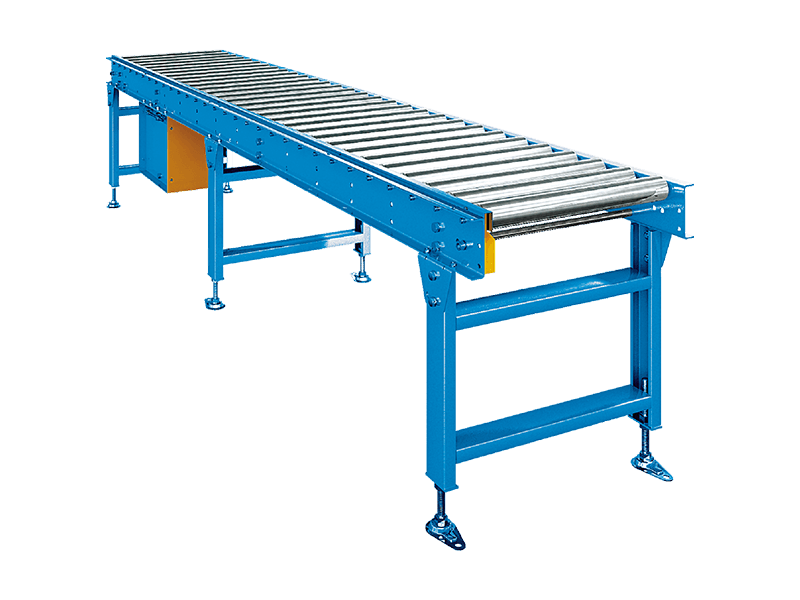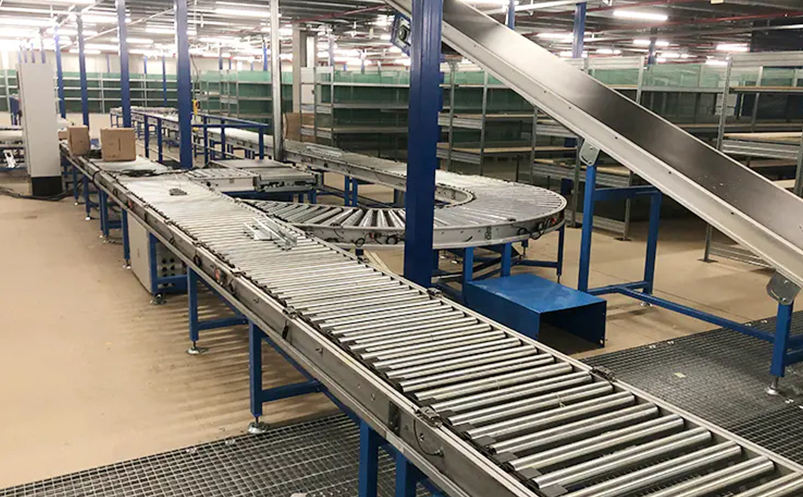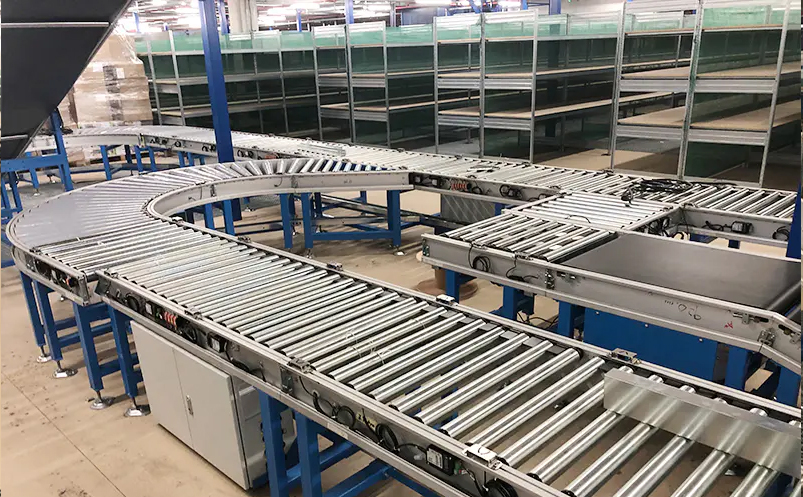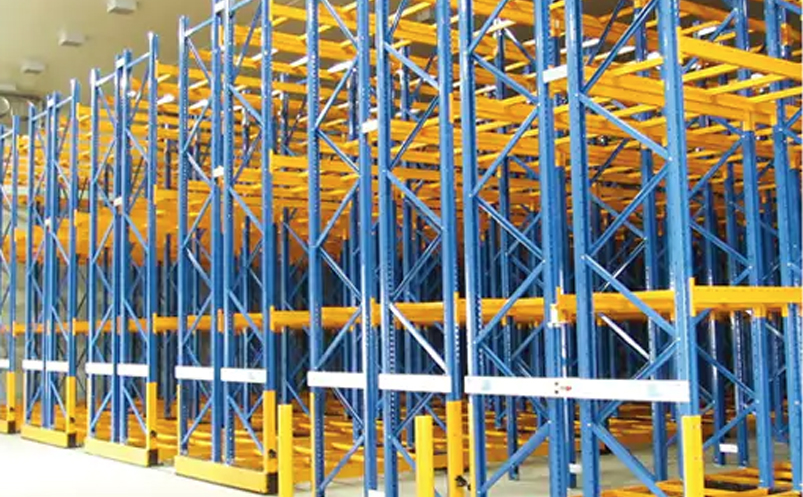Types, Applications & Selection Guide for Industrial Material Handling Solutions
Introduction to Driven Conveyor Systems
Driven conveyors are essential components in modern material handling systems, providing efficient transportation of goods in various industrial settings. Unlike gravity conveyors that rely on inclined planes, powered conveyor systems use mechanical means to move items along a predetermined path. These systems are fundamental for optimizing workflow, reducing manual labor, and increasing throughput in manufacturing, warehousing, and distribution operations.
Driven conveyor technology has evolved significantly to meet diverse industrial needs, from simple belt systems to sophisticated automated solutions. Understanding the different types of powered conveyors, their applications, and selection criteria is crucial for implementing efficient material handling solutions in any facility.
Key Components of Driven Conveyor Systems
All driven conveyor systems share several fundamental components that work together to transport materials efficiently:
- Drive Unit: The power source (electric motor) that provides motion to the conveyor
- Conveying Surface: Belts, rollers, or chains that directly contact and move the load
- Frame/Structure: The supporting framework that maintains alignment and stability
- Control System: Electronics that manage speed, direction, and operational parameters
- Tracking Mechanism: Components that maintain proper alignment of moving parts
- Safety Features: Emergency stops, guards, and sensors for operator protection
Common Types of Driven Conveyors
Belt Conveyors
Continuous moving belt driven by pulleys at each end. Ideal for transporting bulk materials, packages, and irregular items. Key applications include package handling, mining operations, and food processing.
Powered Roller Conveyors
Motor-driven rollers that move loads along the conveyor path. Excellent for transporting pallets, totes, and containers. Commonly used in warehousing, distribution centers, and manufacturing assembly lines.
Chain Conveyors
Utilize chains to pull or push materials along the conveyor path. Suitable for heavy-duty applications and harsh environments. Frequently used in automotive manufacturing, pallet handling, and metalworking industries.
Screw Conveyors
Helical blade rotating inside a tube to move bulk materials. Ideal for granular, powdered, or semi-solid materials. Common in agricultural processing, chemical plants, and wastewater treatment facilities.
Industry Applications of Powered Conveyor Systems
Driven conveyor systems serve diverse industries with specialized material handling requirements:
| Industry | Conveyor Type | Typical Applications |
| Warehousing & Distribution | Powered Roller, Belt | Package sorting, order fulfillment, loading docks |
| Manufacturing | Chain, Belt, Roller | Assembly lines, parts transportation, process automation |
| Food Processing | Stainless Steel Belt, Plastic Chain | Food handling, inspection lines, packaging |
| Mining & Aggregates | Heavy-Duty Belt | Bulk material transport, excavation operations |
| Airport Baggage Handling | Powered Roller, Belt | Baggage sorting, security screening, loading |
| E-commerce Fulfillment | Sortation Systems, Belt | Order processing, automated sorting, packaging |
Selection Criteria for Industrial Conveyor Systems
Choosing the right conveyor system requires careful consideration of multiple factors:
- Load Characteristics: Weight, dimensions, shape, and material composition
- Throughput Requirements: Items per hour and peak capacity needs
- Environmental Conditions: Temperature, humidity, cleanliness requirements
- Layout Constraints: Available space, inclines, curves, and transfer points
- Integration Needs: Compatibility with existing automation systems
- Maintenance Accessibility: Ease of servicing and component replacement
Proper conveyor selection significantly impacts operational efficiency and total cost of ownership. Consulting with material handling specialists during the planning phase can help identify the optimal conveyor solution for specific operational requirements.

Performance Comparison of Conveyor Types
| Conveyor Type | Max Load Capacity | Speed Range | Maintenance Level | Ideal Applications |
| Belt Conveyors | Moderate | 0.5-5 m/s | Moderate | Packages, bulk materials, inclines |
| Powered Roller | High | 0.1-2 m/s | Low | Pallets, totes, containers |
| Chain Conveyors | Very High | 0.05-1 m/s | High | Heavy loads, harsh environments |
| Screw Conveyors | Low-Moderate | 0.1-0.5 m/s | Moderate | Bulk materials, powders, granules |
Maintenance Best Practices
Regular maintenance is crucial for maximizing conveyor system lifespan and minimizing downtime:
- Perform daily visual inspections of moving components
- Follow manufacturer's lubrication schedules for bearings and chains
- Clean conveyor surfaces regularly to prevent material buildup
- Monitor belt tracking and tension to prevent misalignment
- Check and replace worn components proactively
- Maintain detailed maintenance logs for service history







